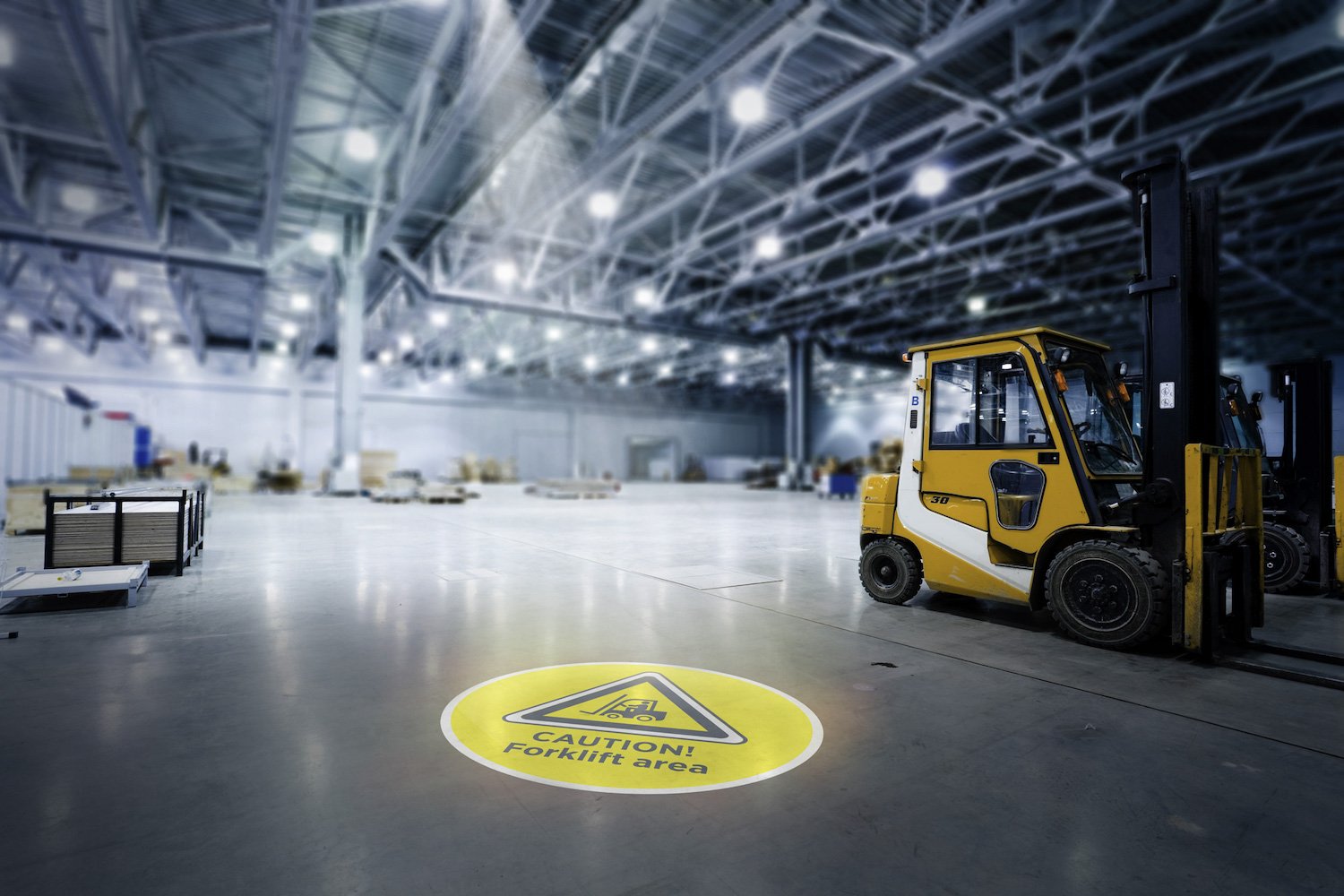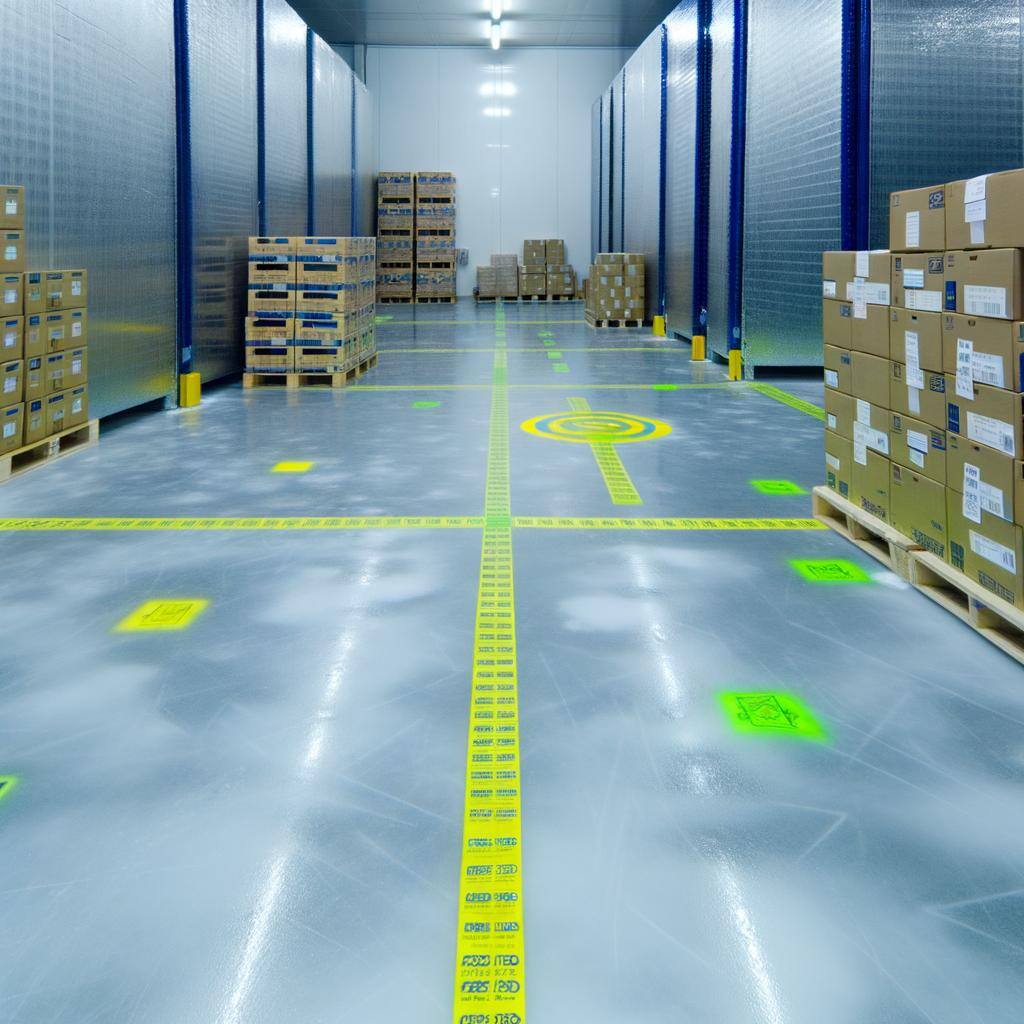What Causes Polymer Barriers to Shatter?
 By
Caleb Shaw
·
3 minute read
By
Caleb Shaw
·
3 minute read
Polymer safety barriers have become an increasingly popular choice in warehouses, logistics centres, and industrial environments, thanks to their flexibility, impact absorption, and lighter weight compared to steel or concrete alternatives.
However, despite their many advantages, under certain circumstances, polymer barriers can shatter or fail, and understanding why is critical for choosing, installing, and maintaining the right system for your site.
This article takes an unbiased, technical look at the key factors that can cause polymer barriers to shatter or fail, helping safety managers, specifiers, and buyers make more informed decisions.

1️⃣ Material Composition and Quality
Not all polymer barriers are the same - the type and grade of plastic used greatly affect a barrier’s performance under stress.
-
Low-grade or recycled materials: Barriers made from poor-quality or recycled polymers may have unpredictable mechanical properties, including reduced tensile strength and impact resistance.
-
Polymer type matters: Common materials like polypropylene (PP), high-density polyethylene (HDPE), and polyvinyl chloride (PVC) have different performance characteristics. For example, PP and HDPE are known for flexibility, but under certain conditions, they can become brittle. PVC offers good impact resistance but may degrade over time if not properly stabilised.
If a barrier is made from a brittle or poorly formulated polymer, it is inherently more likely to shatter on impact, particularly under cold conditions or when subjected to sharp, concentrated forces.
2️⃣ Environmental Conditions
The operating environment has a major impact on polymer performance.
-
Temperature extremes: Many polymers become brittle at low temperatures. In cold storage or outdoor environments, polymers can lose flexibility, making them more prone to cracking or shattering when impacted.
-
UV exposure: Prolonged exposure to ultraviolet light (e.g. in outdoor yards) can degrade the chemical structure of certain polymers, leading to embrittlement and loss of mechanical integrity unless UV-stabilised materials are used.
-
Chemical exposure: Contact with oils, fuels, solvents, or harsh cleaning agents can weaken some polymers, causing microcracks or degradation that eventually lead to failure under impact.
Understanding the environmental stresses a barrier will face is essential to selecting a polymer type and formulation that can withstand those conditions.
3️⃣ Design and Geometry
Even with high-quality materials, the design of the barrier plays a big role in how it absorbs or transmits energy.
-
Thickness and cross-section: Thin or under-designed sections can create weak points where stress concentrates during impact.
-
Sharp corners or tight radii: Areas with sharp transitions or minimal radii can act as stress risers, making them prone to cracking under load.
-
Joint design: Poorly engineered connections between rails, posts, or bases can create failure points if they cannot distribute impact loads evenly.
Design optimisations, such as rounded profiles, reinforced sections, or flexible joints, can significantly reduce the risk of shattering by managing how impact energy is distributed and absorbed.
4️⃣ Installation Quality
Even the best materials and designs can fail if improperly installed.
-
Incorrect anchoring: If posts or bases are not correctly anchored to the floor, the barrier system may not flex as designed, concentrating loads in one area and increasing the chance of fracture.
-
Overtightening fixings: Over-tightened bolts or clamps can induce stress concentrations in the polymer, creating microcracks or weakening critical sections.
-
Misalignment: Barriers installed at improper angles or with poor alignment may experience non-uniform loading, reducing their ability to absorb impacts effectively.
Proper installation following manufacturer guidelines is crucial to ensuring the system performs as intended.
5️⃣ Type and Speed of Impact
It’s not just about how strong the barrier is; it’s about what hits it, how and where.
-
Sharp vs. blunt impacts: A blunt-force collision (like a slow-moving forklift) may be absorbed by a flexible barrier, whereas a sharp or pointed impact (such as forks or sharp metal edges) can pierce or crack the material.
-
Impact energy levels: Every barrier is designed for a certain rated impact (measured in joules or kilonewtons). Exceeding this increases the likelihood of failure - for example, with a heavier-than-rated vehicle or a faster-than-rated speed.
-
Repeated impacts: Even if a barrier survives an initial impact, repeated strikes in the same location can lead to cumulative damage, including microcracking, fatigue, and eventual failure.
Understanding the operational realities of a site, including traffic patterns, vehicle types, and likely collision scenarios, is key to choosing a barrier system rated to handle those specific risks.
6️⃣ Aging and Fatigue
Polymers, like all materials, degrade over time.
-
Fatigue: Repeated bending, loading, and unloading cycles can weaken molecular bonds, making the material more brittle.
-
Weathering: Long-term exposure to sunlight, temperature swings, and environmental pollutants accelerates material aging.
-
Wear and tear: Surface damage, scratches, and abrasion can create initiation points for cracks.
Regular inspection and preventive maintenance are essential to catch early signs of fatigue or degradation before they lead to catastrophic failure.
Summary
Polymer barriers are engineered to provide flexible, durable protection in a wide range of industrial and commercial settings. But like any system, they have limits.
Key reasons polymer barriers might shatter:
✅ Poor material quality or formulation
✅ Environmental factors (cold, UV, chemicals)
✅ Design flaws or weak points
✅ Improper installation or alignment
✅ Impacts beyond rated capacity
✅ Long-term aging or cumulative fatigue
When selecting or evaluating polymer safety barriers, it’s essential to consider these technical factors carefully. With the right design, material choice, and installation, polymer barriers can deliver outstanding performance, but they are not indestructible.
For sites operating in extreme environments, with heavy vehicle traffic, or requiring maximum durability, it’s worth consulting with barrier specialists to ensure the right system is specified, and maintained, for long-term success.
Got any questions on this article?




